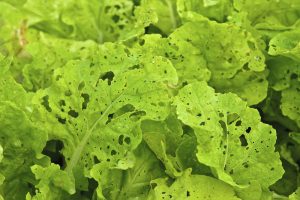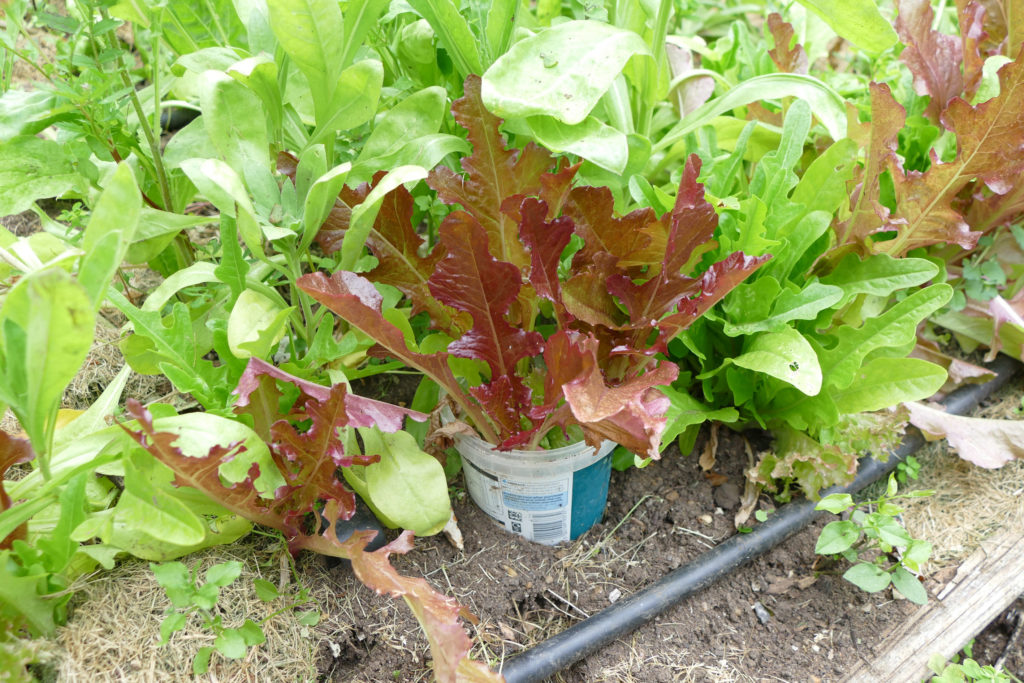For advocates of permaculture, this will probably make them bristle. Although secretly, they will admit (but only to themselves in the wee small hours) that sharing their lettuces with the pigeons, slugs, rabbits and anyone else that wants some is at best irritating and at worst – well let’s not go there. What is permaculture? It started from a principle first put forward by a New Zealand ecologist, Bill Mollison (and his student David Holmgren) who noticed that the greatest amount of useable biomass in terms of food was produced by multi-layered complex ecosystems such as forests. It has long since expanded to cover a whole philosophy of life and way of thinking.
The three core principles at the heart of permaculture are:
- Care for the earth: No disagreement here, right?
- Care for the people: Well, that sounds pretty sensible too.
- Return of surplus: Reinvesting surpluses back into the system to provide for the first two ethics. Needs a bit of clarification perhaps? This is sometimes referred to as ‘Fair Share’ to reflect that each of us should take no more than what we need before we reinvest the surplus.

Plenty for all – come on down! Although if I am honest, these are not my lettuces. Mine didn’t get quite this bad.
The third ethic – fair share – is a great principle, and clearly life would be a lot better if we all lived like that. However, will somebody please tell the pigeons in my garden? They seem to think that ‘fair share’ means all my brassicas, lettuces and young pea shoots. This year, they have been kind enough to leave me the broad beans (although read my blog post from last year – ‘Badly balanced vegetables’ for other problems with broad beans). They have also pointed out to me on a number of occasions that I can also have the nettles and thistles. Negotiations are ongoing, you might say. Meanwhile, I have netted my lettuces to keep them off and also have some (totally ineffective) cloches over my kale and cavalo nero. This also seems to keep the other interlopers (rabbit and his friends & relations) out of the beds. However, this particular year slugs are taking their fair share. Unfortunately, they seem to take it rather unevenly – a bite here, a bite there – and also once they have eaten their fill, like to snuggle down for a little nap between the leaves. This does not go down well with offspring (or anyone else at the table, come to that).

These are my lettuces – complete with plastic slug collars.
My solution has been to use plastic soup containers (herein lies an admission that I sometimes don’t make all my own soup – but don’t tell anyone). I cut the bottoms off them and gently thread them over the lettuces. this seems to work, and it is even a bit permaculturey – I am recycling after all! You might notice in the picture mulching with grass clippings and my irrigation system, which runs off rainwater stored in an IBC (International bulk container). All a bit Bob Flowerdew, but it works! Ignore the weeds please.
Of course this acceptance of intervention is at the heart of gardening and of garden design. Indeed, it is what defines it (see my blog post from a couple of years ago – When is a garden designer a landscape designer?). By making interventions we clearly make conscious choices about what we will or won’t allow in our space. The natural world impinges upon that space; it is allowable if it works with or doesn’t directly undermine our choices. When it does, we define it as a pest. So I suppose what fascinates me about all this is that we are very keen as gardeners and garden designers to cater for ‘wildlife’. As long as it doesn’t eat our lettuces, that is. This same view pervades our view of plants as well. The difference between a wildflower and a weed? Well, the old adage is that a weed is just a plant in the wrong place. So by extension, is a pest just wildlife in the wrong place? Squirrels are OK when they eat nuts from your hand in the park, but not from your walnut tree? Rabbits are OK in a hutch but not (as with us this winter) when they cause several hundred pounds’ worth of damage to newly planted trees – all ring-barked. Do I sound bitter and twisted? Maybe a little, but as least with my soup container solution, the slugs and I can live happily side by side! Maybe they will even eat the weeds…

